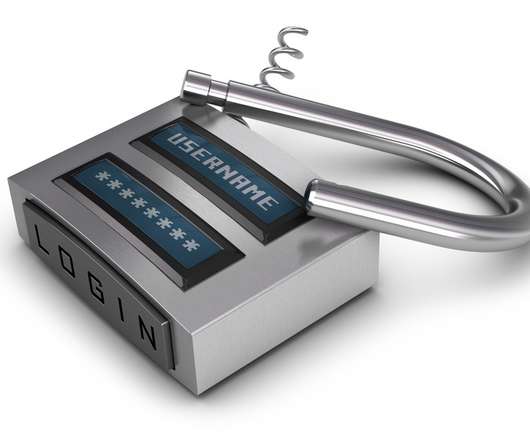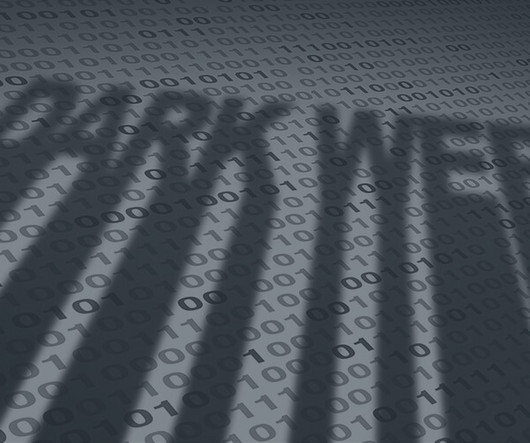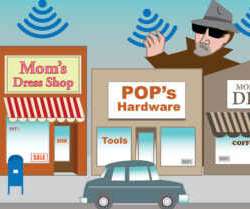Open Subtitles breach: The dangers of password reuse
Malwarebytes
JANUARY 20, 2022
Data included email and IP addresses, usernames and unsalted MD5 password hashes. He gained access to all users’ data – email, username, password…He promised the data would be erased and he would help us secure the site after the payment. This one falls under the familiar banner of “password reuse is bad”.













Let's personalize your content